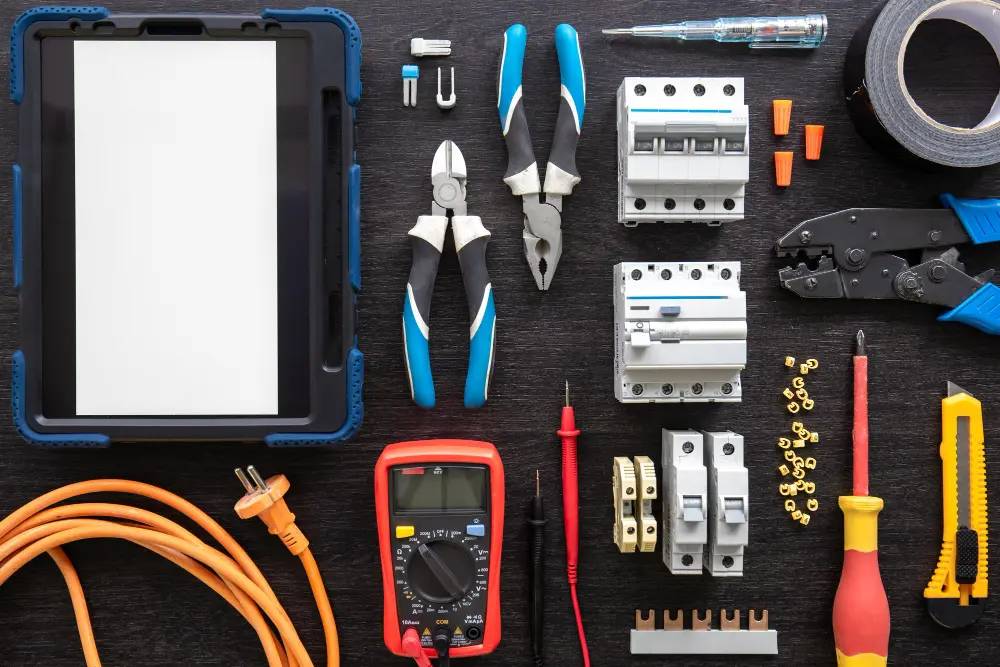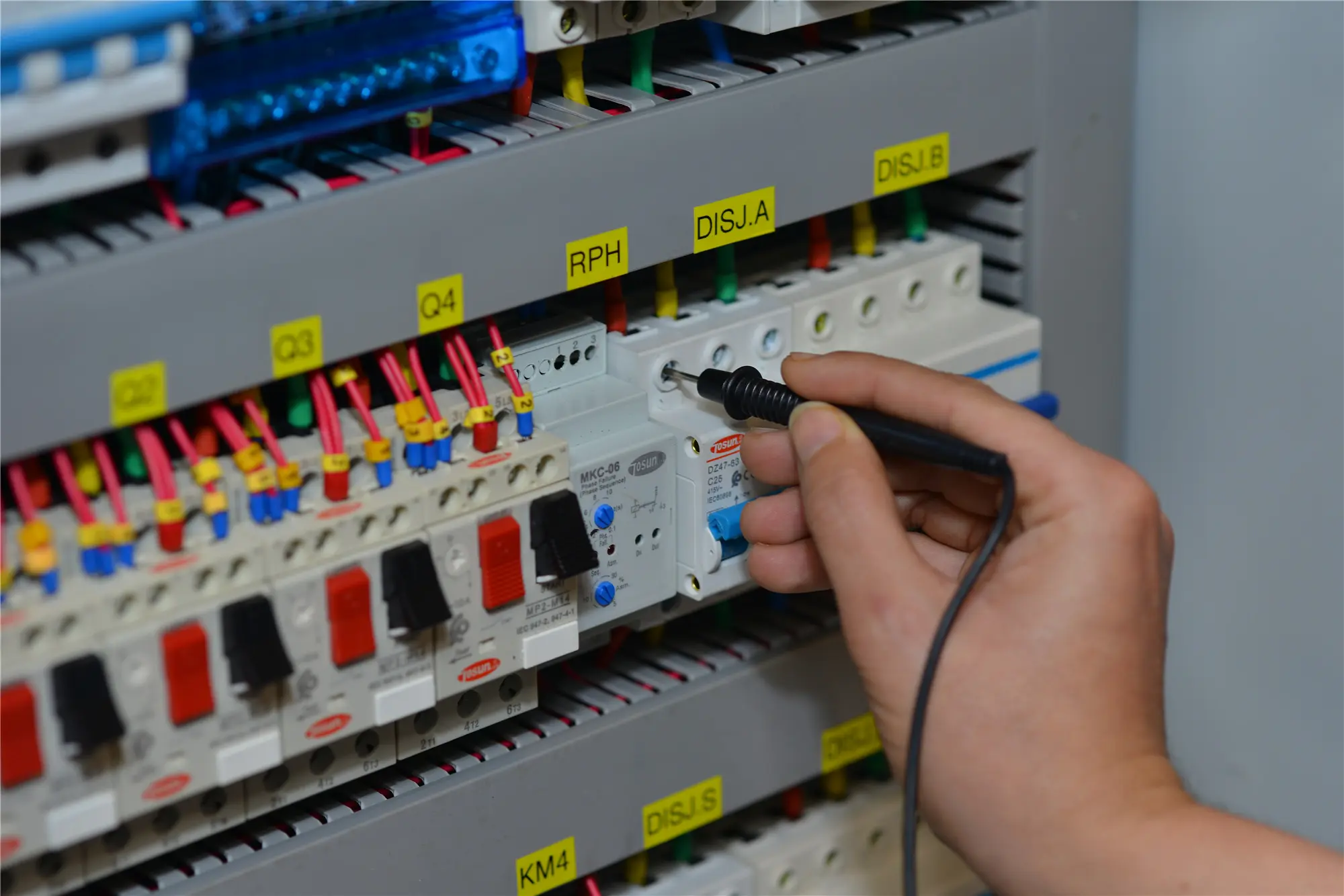RCB vs. RCD: What’s The Difference?
Table of Contents
ToggleAn RCD is a type of circuit protection that protects people from electrical shock by monitoring the phase and neutral currents and tripping when they are out of phase. So if a person accidentally comes into contact with an electric current, it will trip and allow some of the current to flow through them.
This device works by detecting any sudden change in electrical load, and it will immediately disconnect the circuit once it detects an overload. It will prevent serious injury or death when a person touches the source of electricity.
When it comes to circuit devices, people always get confused between various terms. The two most common terms which are used interchangeably are RCD and RCB. There is not much difference between these two terms. However, if you want to know more about it, follow this guide.
What Is RCD?
The Residual Current Device, or RCD, is a type of electrical circuit breaker. These devices operate by detecting an excess amount of current in a circuit.
An RCD works by interrupting a circuit if there is an excessive amount of current flowing through it. It works with a single-phase system. The input is connected to all three phases. The output is grounded. The input is connected to the neutral wire. A residual-current device operates by detecting the arc fault and discharging any remaining current.
The connections of a residual-current device are similar to those of a single-phase circuit. The input of an RCD is connected to each phase and the neutral wire. The output is connected to the busbar. The connection of an RCD should be based on the rated current. The rated current is the maximum amount of current that can flow through the contacts of the device.
What Is RCB?
Residual Current Breaker is an electrical instrument that cuts the connection when it detects a short circuit. It prevents an electric fire or electrocution by isolating the affected area. In case of a fault, the device can protect the whole house. The following are some of the main advantages of Residual Circuit Breaker.
A Residual Current Breaker protects your home from a dangerous short circuit. In an unintended short circuit, too much current flows through the circuit. This current can damage electrical machines, cause respiratory paralysis, or even lead to a fire.
When an RCB detects a leak, it automatically disconnects the circuit and disconnects the power supply. This device is used in the protection of the home against fire, electric shock, and electric shock.
A Residual Current Breaker works based on Kirchhoff’s law. This law states that incoming current must equal outgoing current. In order to measure this, the RCCB compares the differences between the live and neutral wires. The ideal situation is that the amount of current flowing through a circuit should be equal to that of the neutral wire. However, if there’s a fault, the difference between the two wires becomes less. This is known as the Residual-Current device.
What Is RCCB?
An RCCB circuit breaker is designed to detect small changes in the electrical current, such as an overheating furnace, and automatically shut down the supply if the change is too large. They are used in single and three-phase supply connections and in the neutral wire to protect the load. An RCCB also provides dual-termination options for cable and busbar connections and a filtering device to prevent harmful voltage spikes.
An RCCB works by sensing the difference between the current flowing in the live and neutral wires. If these two wires are connected, the current should flow in the same direction. However, sometimes the live wire is accidentally in contact with the open earth wire. This causes a slight difference between the currents in the two wires, which is known as residual and triggered by an RCCB. An RCCB senses this residual and trips the circuit if the residual is higher than the limit.
An RCCB operates on the principle that the current flowing in a circuit should be equal to the return current. If an earth fault occurs, the current will flow to the earth, reducing the returning neutral current. This difference is called the “Residual Current.” When this difference exceeds the set limit, the RCCB will trip the circuit. This means that the circuit will not continue to run.
Purpose and Operation of RCD
A residual current device is a safety device that shuts off electricity when tripping or residual current reaches a preset level. This device is often described by a simple diagram with two or four oblique lines. The polarization of an RCD is an important parameter to know. This is because the resistance of an electrical circuit depends on the residual ionic concentration in a certain circuit.
The purpose of an RCD is to prevent a dangerous electric current from leaking into space. A leak in a wiring installation can lead to fatal electrocution if the current flows into a duct or water pipe. Therefore, an RCD is a safety device for electrical installations. It combines two functions, allowing it to detect an electrical leak before it becomes serious. Using the right RCD is essential to protect your home from such dangers.
An RCD is an electrical device that monitors a wiring installation. When an earth fault occurs, the RCD breaks the circuit, preventing a potentially deadly electric shock. The residual current device is a safety device for a number of reasons. It protects against fire, shock, and electrocution. A residual current detector can detect any leak in a wiring installation and immediately stop it.
Difference between RCD and RCB
The difference between RCD and RCB is in the abbreviation. RCD stands for Residual Current Device, and RCB stands for Residual Circuit Breaker. RCD is a wider term and includes all the residual current devices, whereas RCB is a type of residual current device.
In most countries, RCD is also called RCB. Both the terms are used interchangeably as they have the same function. RCB is also known as RCCB. It is not much different in all three terms. Both of these devices are very useful for preventing fatal electric shocks, and many people rely on them to protect their homes. Both RCDs and RCBs are effective in protecting your home, and you should have them installed in all areas where you use electrical equipment.
Tel: +86-577-88671000
E-mail: ceo@tosun.com
Skype: tosunelectric
Wechat: +86-139 6881 9286
WhatsApp: +86-139 0587 7291
Address: Room No.1001 Wenzhou Fortune Center,Station Road, Wenzhou, China
REQUEST A QUOTE
WhatsApp us
 : +86-139 0587 7291
: +86-139 0587 7291 English
English Español
Español Русский
Русский Français
Français العربية
العربية Português do Brasil
Português do Brasil Українська
Українська Türkçe
Türkçe Polski
Polski Nederlands
Nederlands Italiano
Italiano Bahasa Indonesia
Bahasa Indonesia हिन्दी
हिन्दी اردو
اردو አማርኛ
አማርኛ Հայերեն
Հայերեն ไทย
ไทย Монгол
Монгол فارسی
فارسی Shqip
Shqip Ελληνικά
Ελληνικά


